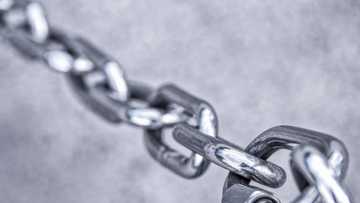Advantages and disadvantages of arable farming
Nowadays almost all landowners use several methods of arable farming because they know proper soil care contributes greatly to to a good harvest at the end of the day. Like any technology, arable farming has advantages and disadvantages which we will discuss in this article to help farmers whether their land should be ploughed or not.
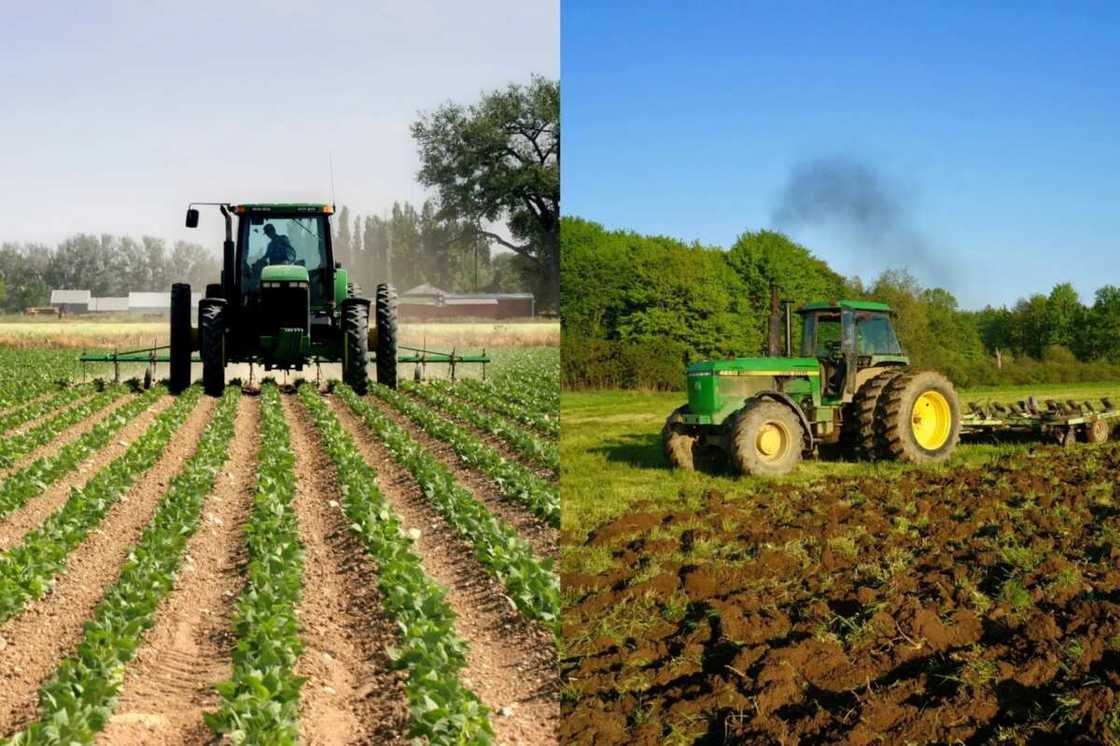
Plowing of the earth: manually and mechanically
Many gardeners know that land can be ploughed using various devices, as well as the old-fashioned way of using a shovel. Naturally, each of these methods come with advantages and disadvantages. For example, if you dig a ground with a shovel, the fertile layer will not be damaged in the process, but this method is quite superficial, inefficient and time consuming. It is however a very suitable method for very small parcels of land.
These days, soil can also be treated with modern agricultural machinery. Ploughing with motor technique is very effective if you are working on a large area. One of the best advantages of using this method is the fact that the soil gets dug up to a depth of about 25cm in the process, tillage is performed within a much shorter time, thereby minimizing the use of physical labor, which is also very important in warm periods when the drying speed of the soil is great and speed is important.
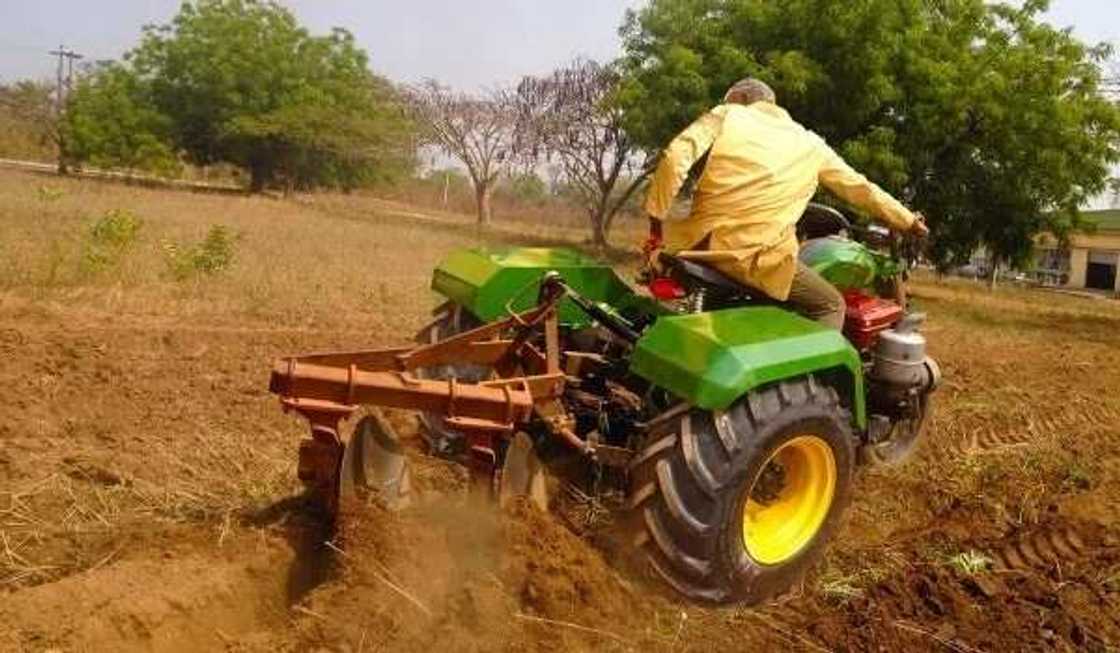
Specific features of arable farming
Many farmers argue about the advantages and disadvantages of ploughing, forgetting that to a great extent its effect depends on how skillfully you follow the common instructions.
What conditions make it necessary to plough your land? This depends primarily on the location of your farm; location determines temperature and other weather conditions, however, the best time for ploughing is after harvesting.
Those who regularly plough their lands know that this practice helps to get rid of harmful plants; this can be restricted to once a year. It is much easier to process your soil once or twice a year than to go to the garden every day to battle with weed.
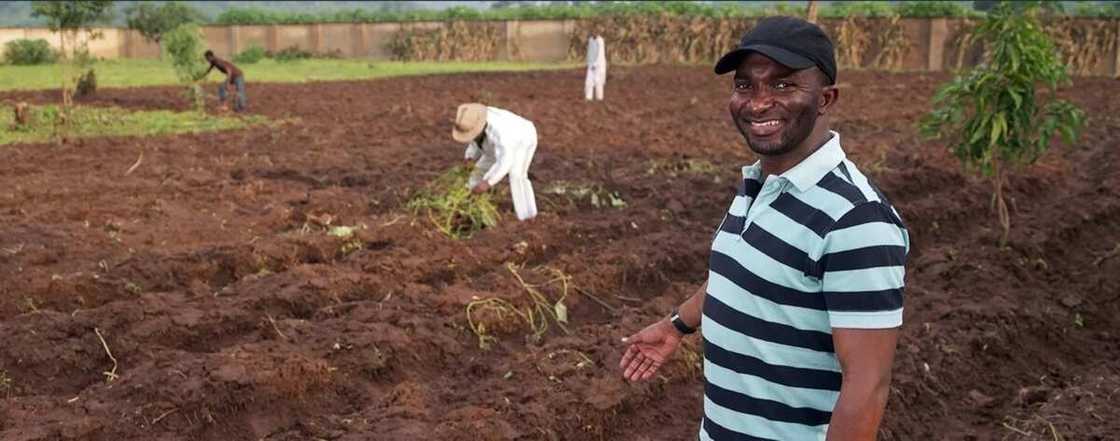
It is worth remembering that improper ploughing is fraught with negative consequences like the earth hardening after drying. Ploughing in hot weather will adversely affect the quality of the land, since moisture will quickly evaporate, thereby reducing the germination of crops.
The depth of ploughing is usually determined by the type of crops you intend to plant; it is better to plough the land deep for root crops, and shallow for cereals.
The cost of ploughing with the help of a tractor is determined by the size and configuration of the plot, as well as the agricultural machinery used.
READ ALSO: Advantages and disadvantages of integrated farming system
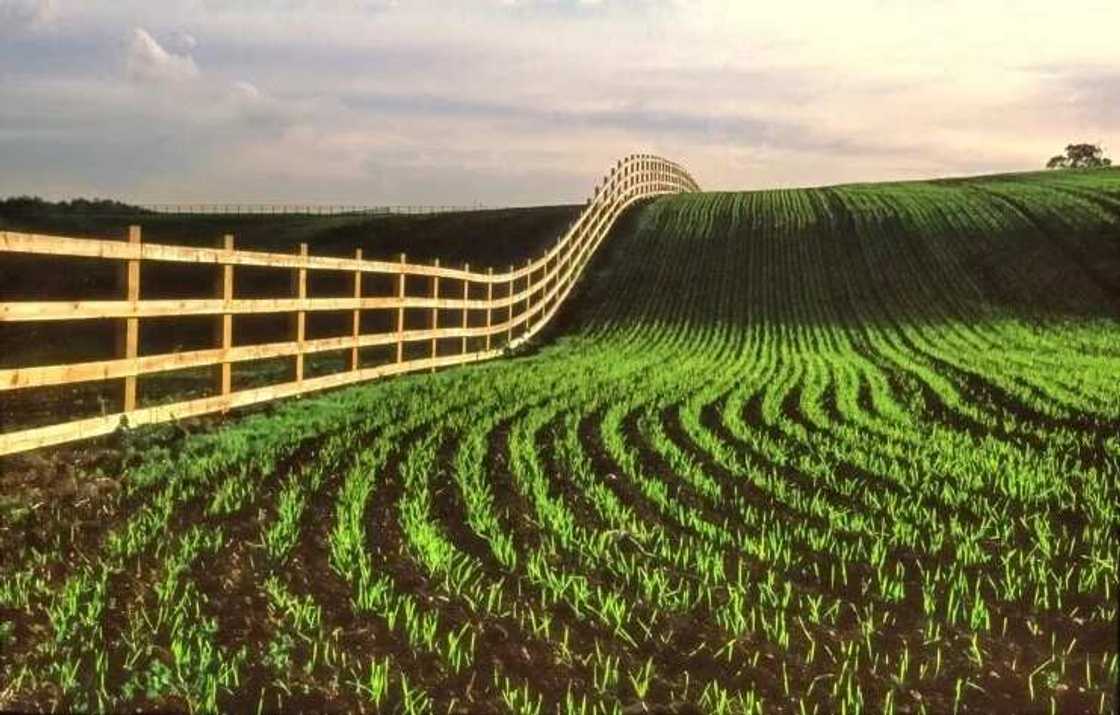
Advantages of arable farming
There is a popular opinion amongst amateur gardeners that land does not need to be ploughed because it can cope with saturation, oxygen and other issues. This is nothing but a myth because even our ancestors who started ploughing their lands many years ago realized that only this will lead to increase in the yield of the land. If you were to simply leave the land alone, this will only lead to an increase in the yield of weeds.
Supporters of ploughing are of the opinion that in order to obtain good crops, it is necessary to plough or dig the soil to a depth of 18-23 cm and cultivate the land before planting. When ploughing is deep, the top layer of soil goes down and the bottom layer turns upward.
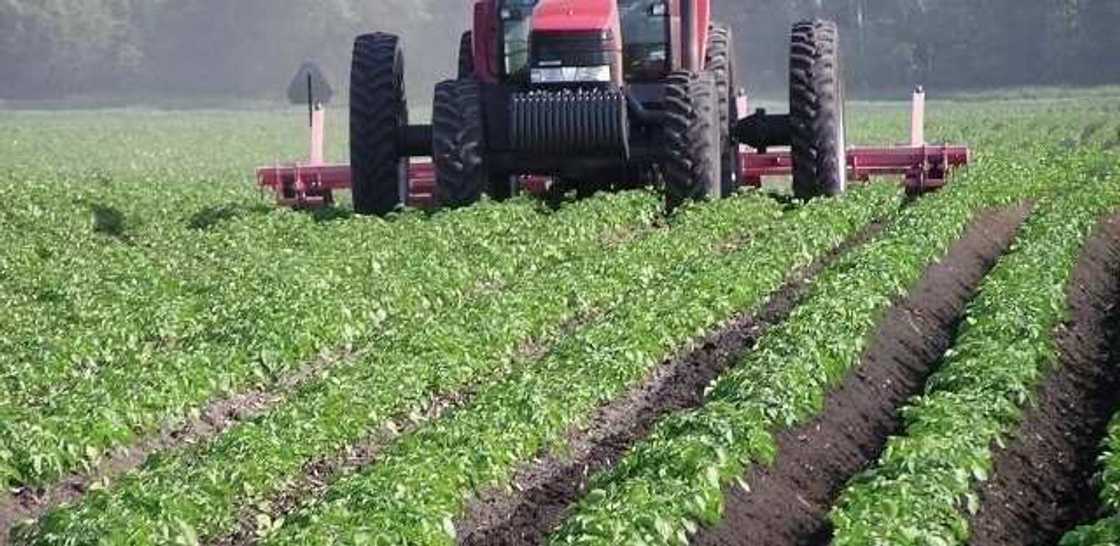
Soil cultivation with the help of agricultural machinery has the following advantages:
- A larger volume of land can be ploughed within a shorter time.
- Soil enrichment with oxygen.
- The possibility of deep processing, which allows turning of the soil layer.
- Increase in productivity.
- Reduction of labor costs and human efforts.
- The ability to perform several operations simultaneously; for example, ploughing and fertilization. Fertilizers are applied for further improvement of quality of the land during the ploughing process.
- Ploughing with a milling cutter is carried out in order to give the soil looseness before planting.
- Ploughing creates creases to accumulate moisture and sediments.
- The remnants of cultivated plants and weeds are embedded at a depth of 15-18 cm and do not interfere with the growth of crops.
- Roots (rhizomes) of perennial weeds are cut at great depth, which prevents them from springing up again.
- When lower layers are turned up, larvae and eggs of pests are also carried upwards to be eaten by birds or perish from dampness, dryness or disease.
- Properly conducted ploughing contributes not only to loosening the soil but also prevents erosion.
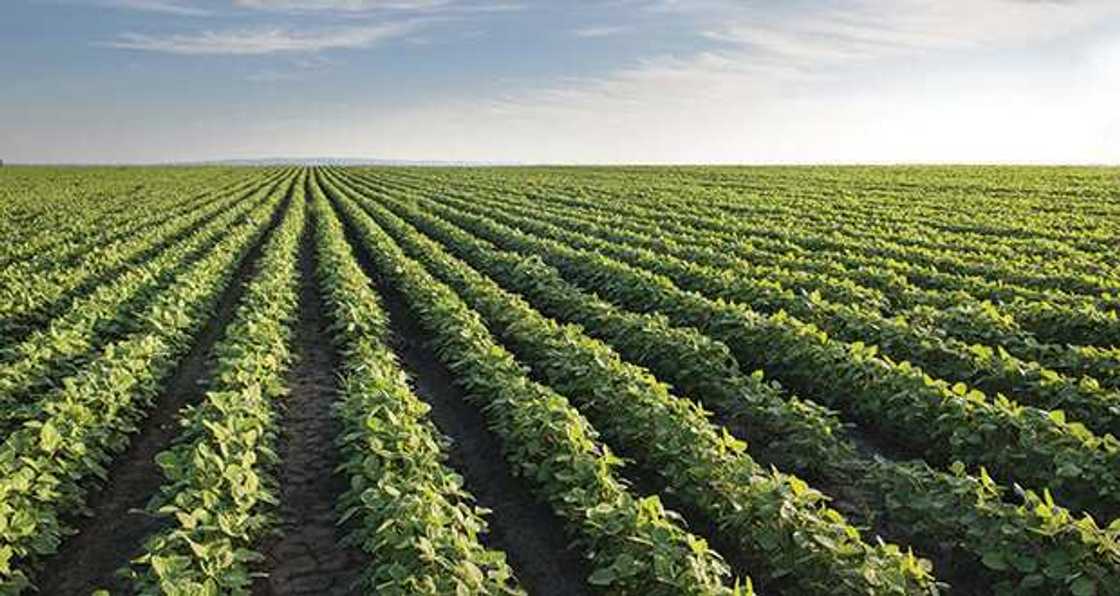
Disadvantages of arable farming
Despite the huge number of advantages of using agricultural machinery for ploughing the land, it should not be applied in all cases since mechanized ploughing requires further processing. In addition, ploughing in a site overgrown with weeds can only worsen the situation, since seeds of weed and pests can get spread in the process.
This process could also lead to subsequent depletion of the soils if the fertile layer (humus) is not restored properly, and its amount declines due to increased mineralization. When this happens, yield decreases considerably; the most terrible effect of this is that, the fertile layer will be too weak to hold the roots of plants, and the crops will gradually get blown away by wind or washed off by water.
No-ploughing technology is used by many modern farmers. They argue that without fertilizers and tractor it is still quite possible to achieve good harvest if a favorable temperature-moisture-structural regime is created in the soil, and the earth is processed to a depth of not more than 5 cm.

The refusal to plough land is not a new fad amongst farmers. In the last decade many countries have significantly reduced the production of ploughs or completely abandoned them, and switched to a no-ploughing cultivation system with minimum surface treatment to a depth of 5-7 cm, totally getting rid of mechanical tillage.
- Now in the USA there is 113700 thousand hectares of cultivated land. The no-ploughing method of farming is used on 23700 thousand hectares, which is almost 21% of the total area.
- In Canada, there is 23500 thousand hectares of cultivated land, of which 13400 thousand hectares are handled without a plough. This is as much as 57% of the cultivated land.
- A similar situation is observed in Latin America, the leading producer of agricultural crops. In Argentina, there are 29000 thousand hectares of total cultivated area and non-ploughing method is used on 16000 thousand hectares, totaling 55% of the total area.
- In Brazil, out of their 38400 thousand hectares, 21900 hectares under no-ploughing processing, which is 57% of the total area.
- In Paraguay, almost 70% of cultivated land is not ploughed.
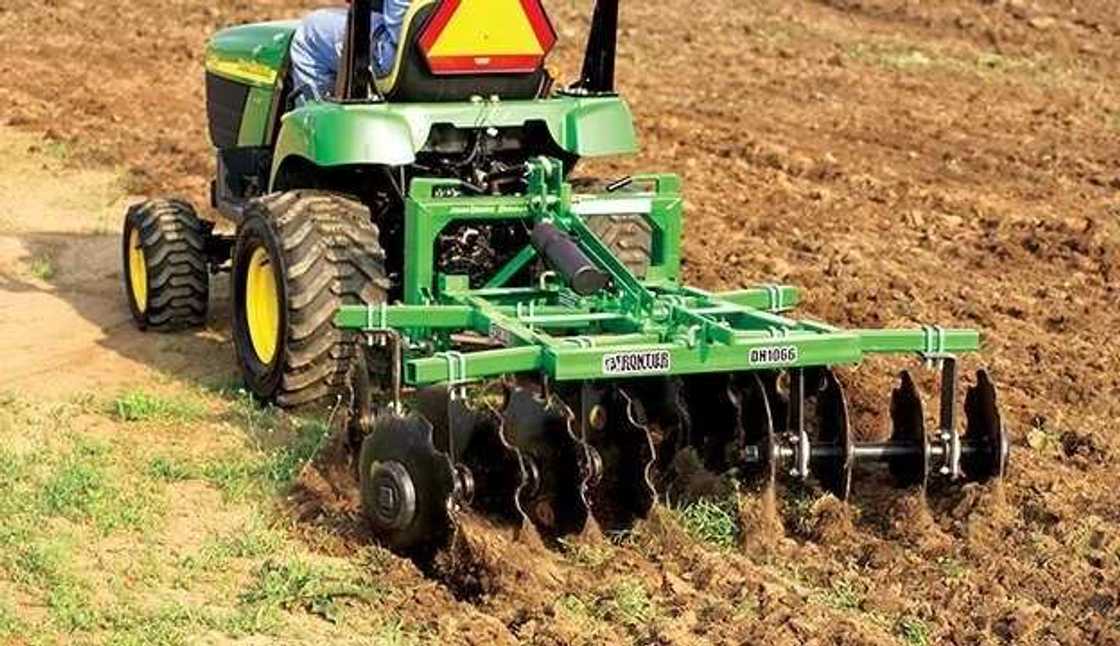
But remember that blindly copying even the most magnificent technologies is unreasonable. It is always necessary to carefully analyze specific soil-relief and climatic conditions before building a corresponding system of land use.
No-ploughing farming produces excellent results in arid areas when growing cereals right from the first year, but it is not possible to grow root crops on clayey wet soils using this method. It will be necessary to first improve the soil for several years, prepare it and then plant the crop.
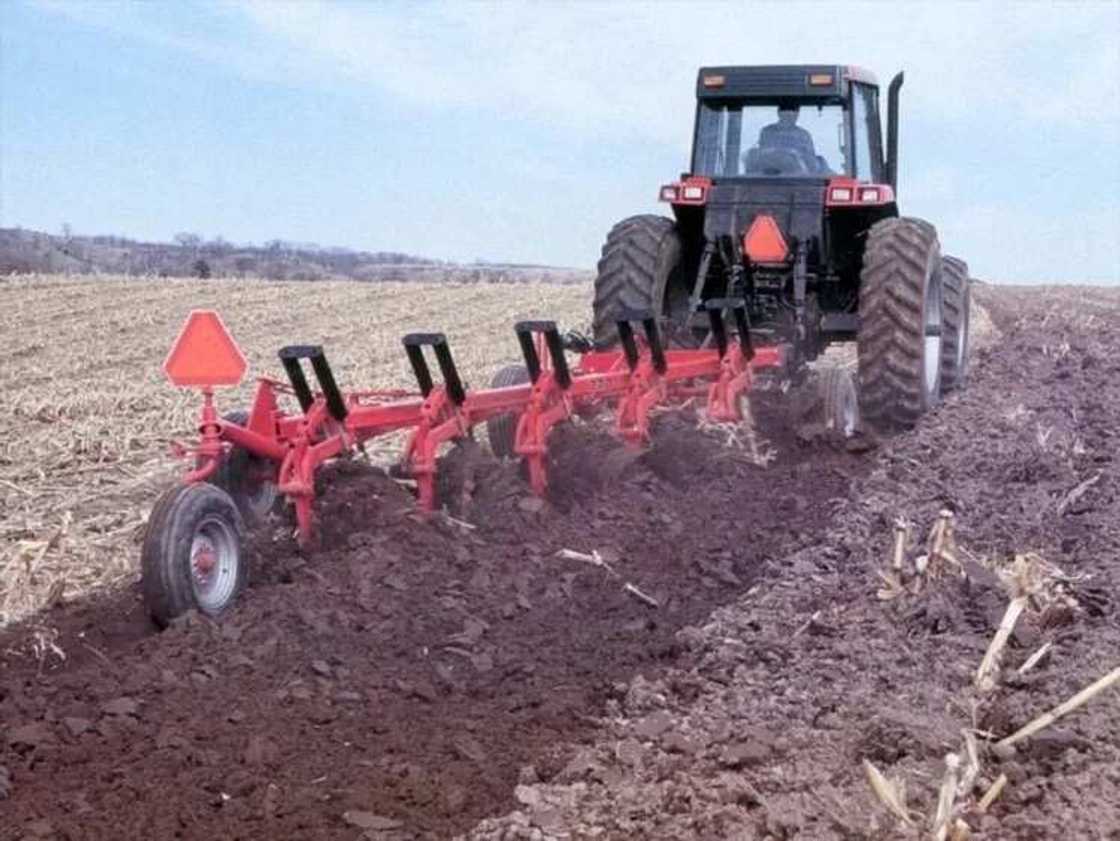
So, no-ploughing helps to preserve the fertile layer of the soil, but you need to apply this method only after considering the type of soil you have and what you want to grow. Every advantage and disadvantage is extremely important. Consider all the important factors before choosing your soil care technology; this will help you get better harvest for over a longer period. Good luck!
READ ALSO: How to start plantain farming in Nigeria

Read also
Coronavirus: Engaging activities you can do to avoid boredom following the stay at home order
Source: Legit.ng



